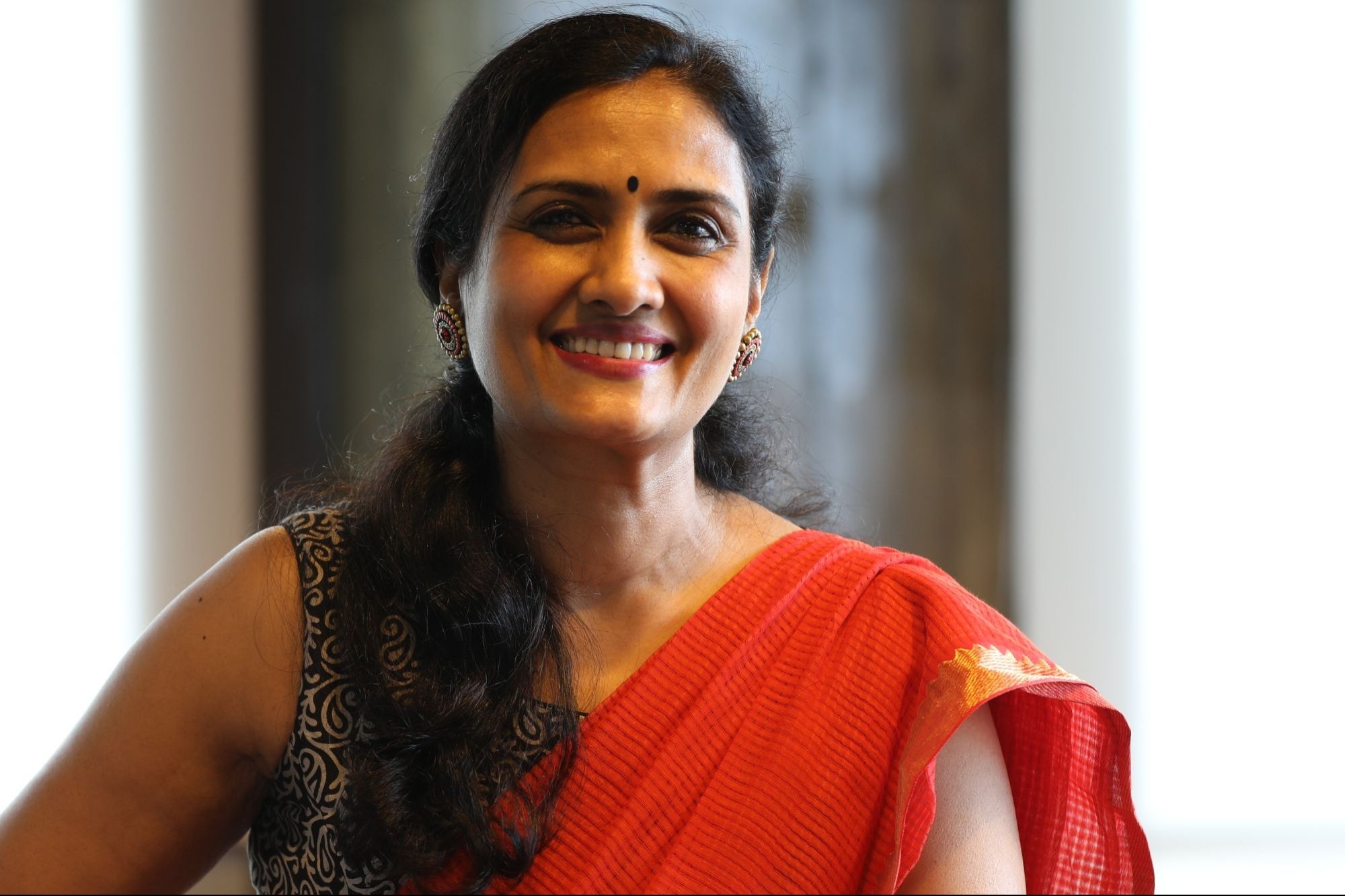What Drove My Decision To Merge SBI And Its Associates It was the need to bring everyone together says the former SBI Chairman on the controversial merger
Opinions expressed by Entrepreneur contributors are their own.
You're reading Entrepreneur India, an international franchise of Entrepreneur Media.

The merger of SBI with all its five subsidiaries including the Bharatiya Mahila Bank, which resulted in a massive spike in its provisions and bad loans, has been up for discussion for a while now. While the government supported the decision with open arms, many financial experts believe the NPA levels will bloat to such an extent, it may be difficult to tame it
The decision has nonetheless led to the creation of the 45th largest bank in the world, the biggest drivers for which was none other than the company's Chairman at that time, Arundhati Bhattacharya, who saw long-term benefits in the merger that would benefit the brand. But what led her to put the final nail in the coffin, as the SBI merger had been recommended by the government for years.
"It was the need to bring everyone together," she said at an event recently. "I always believed in the leadership of collaboration. Sure when bring so many people together, there is a lot of chaos and sharpness, but if you are able to manage it, the results are phenomenal," she added.
Assessing the Risk
Bhattacharya who took on the role of the Chairman of the largest bank in India, where she had served for over 40 years, had an array of challenges to face, of which NPA and lending were at the top.
"I found we did not understand the risk. There was a need to analyze the risk before we made any plunges," she said.
To understand what was going wrong she decided to assess risk factors she recalls how there was push from the government for renewable energy project funds, while the bank was already burdened with numerous infrastructure projects. Taking up the challenge Bhattacharya says she pushed her finance assessors to go round the world to assess what went wrong in similar projects and mitigate those risks.
"It's important to make win win deals as they serve a long term purpose rather than win lose deals that are short lived," she added.
Taking the Collaborative Approach
SBI has been plagued over the year like many other government institutions of a slow moving beauracratic culture, especially when it came to its employees. The merger was a chance for SBI and its associates to integrate and reduce the competition for lending and deposit business within the group.
"The internal competition among the banks was not doing good for anyone," she said. "Plus I wanted to change how employee management was being handled within the group and wield out the negative way of how postings were made," she added.
The competition with associate banks to grow business has in the past led to cannibalisation in terms of rates for loans and deposits for corporate players, which is expected to come to an end now that the banks will operate as one. Additionally, a better training and push for staff is expected in the merged entity to cross-sell products such as mutual funds, insurance, and other financial services, which only SBI was actively pushing in the past, and not its associate banks.
As Bhattacharya points out, the near-term profitability of SBI is set to take a hit, but eventually it will lead to the creation of one of the biggest banks in the world. Although Bhattacharya's term in office ended last month, she has taken one of the biggest decisions for SBI, one that will have effects for years to come -- whether positive or negative is for balance sheets to reflect in the lon run.












